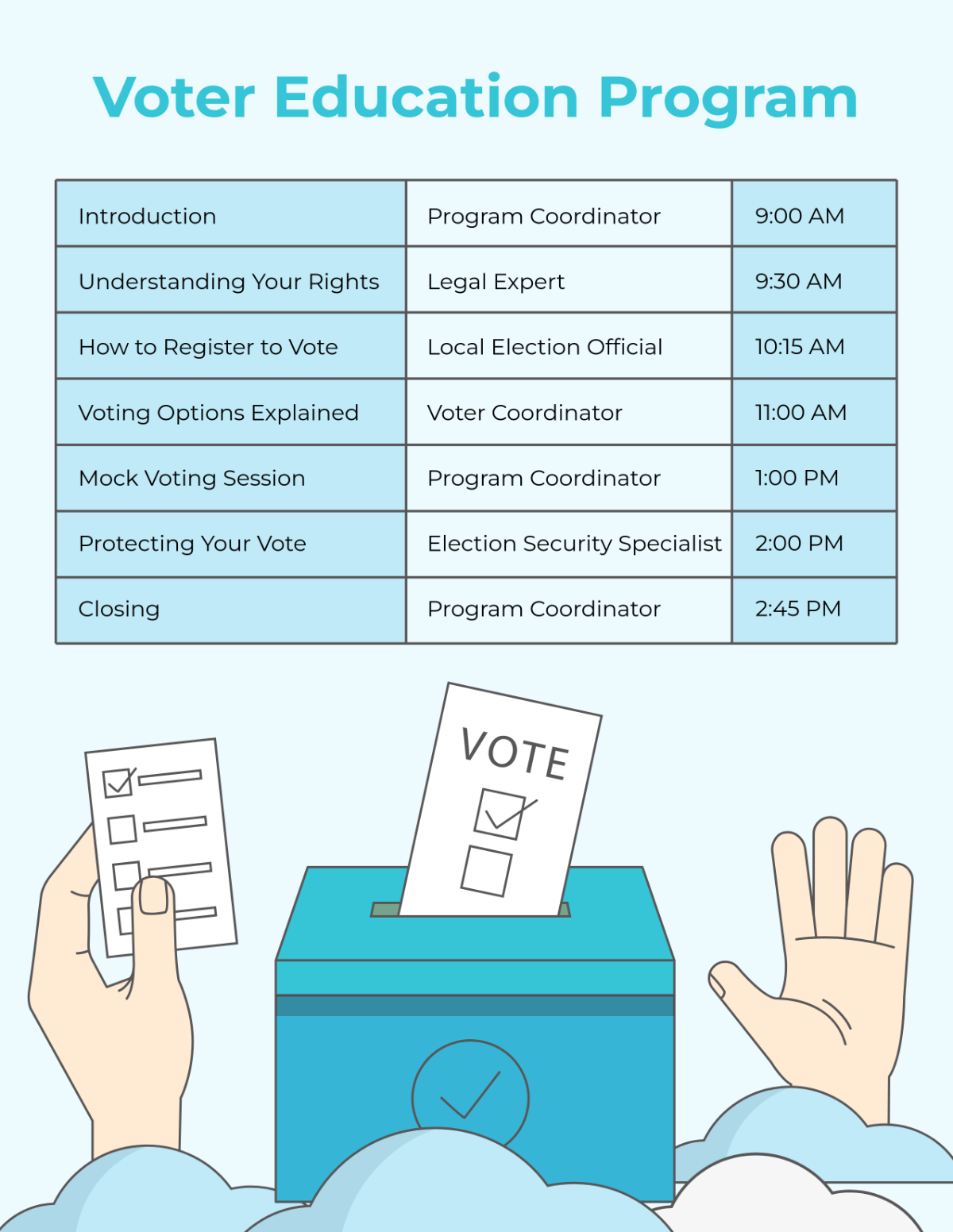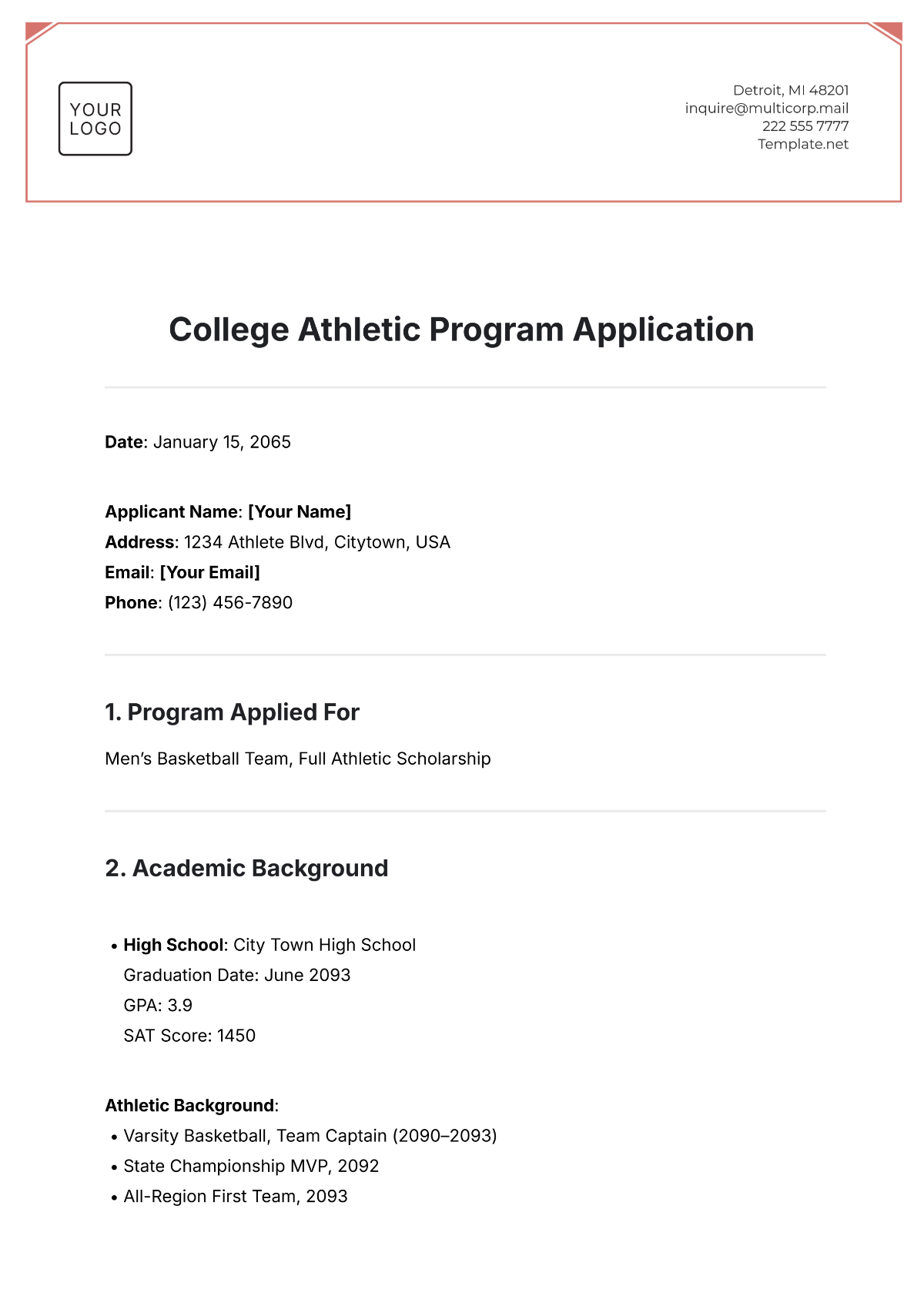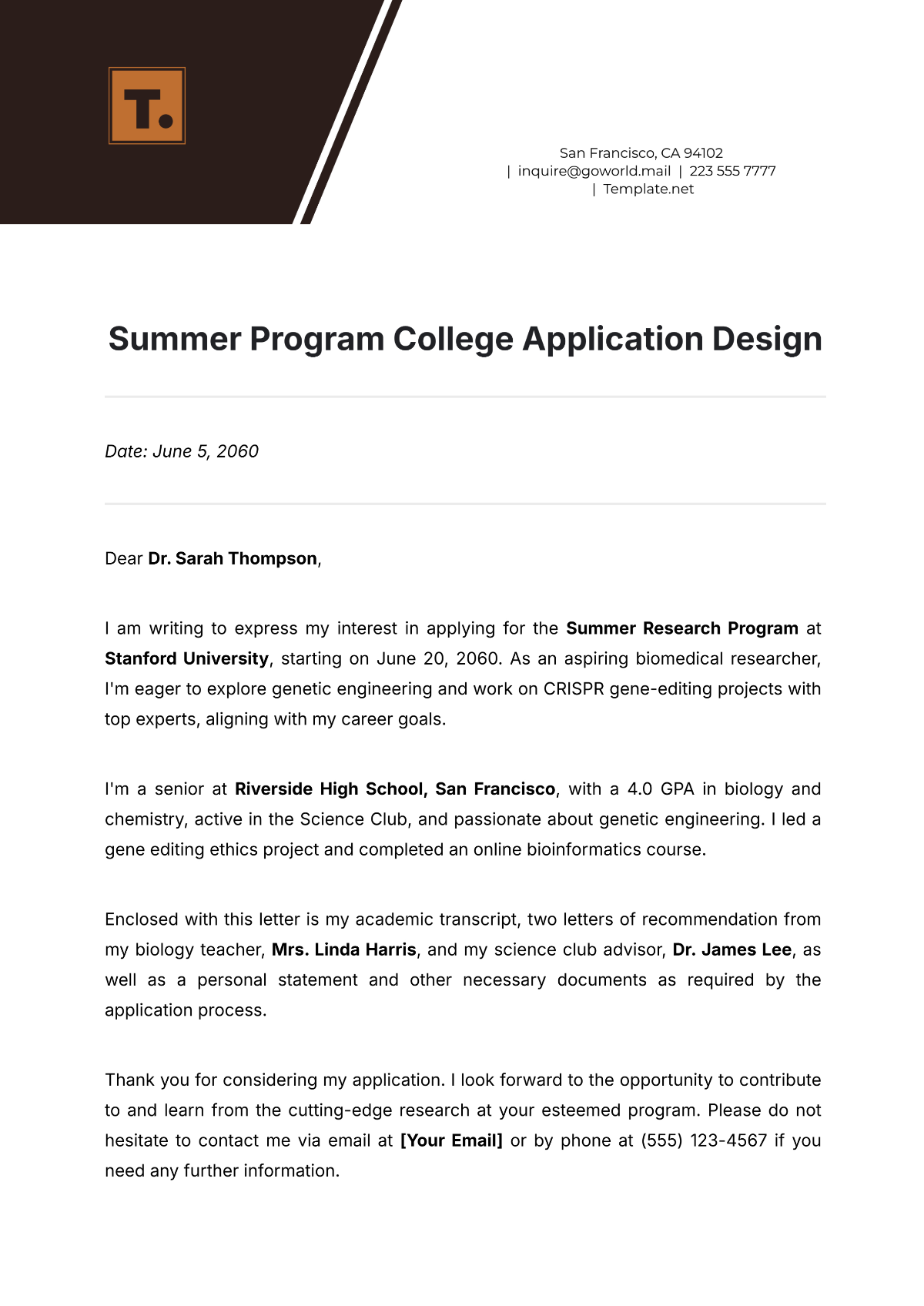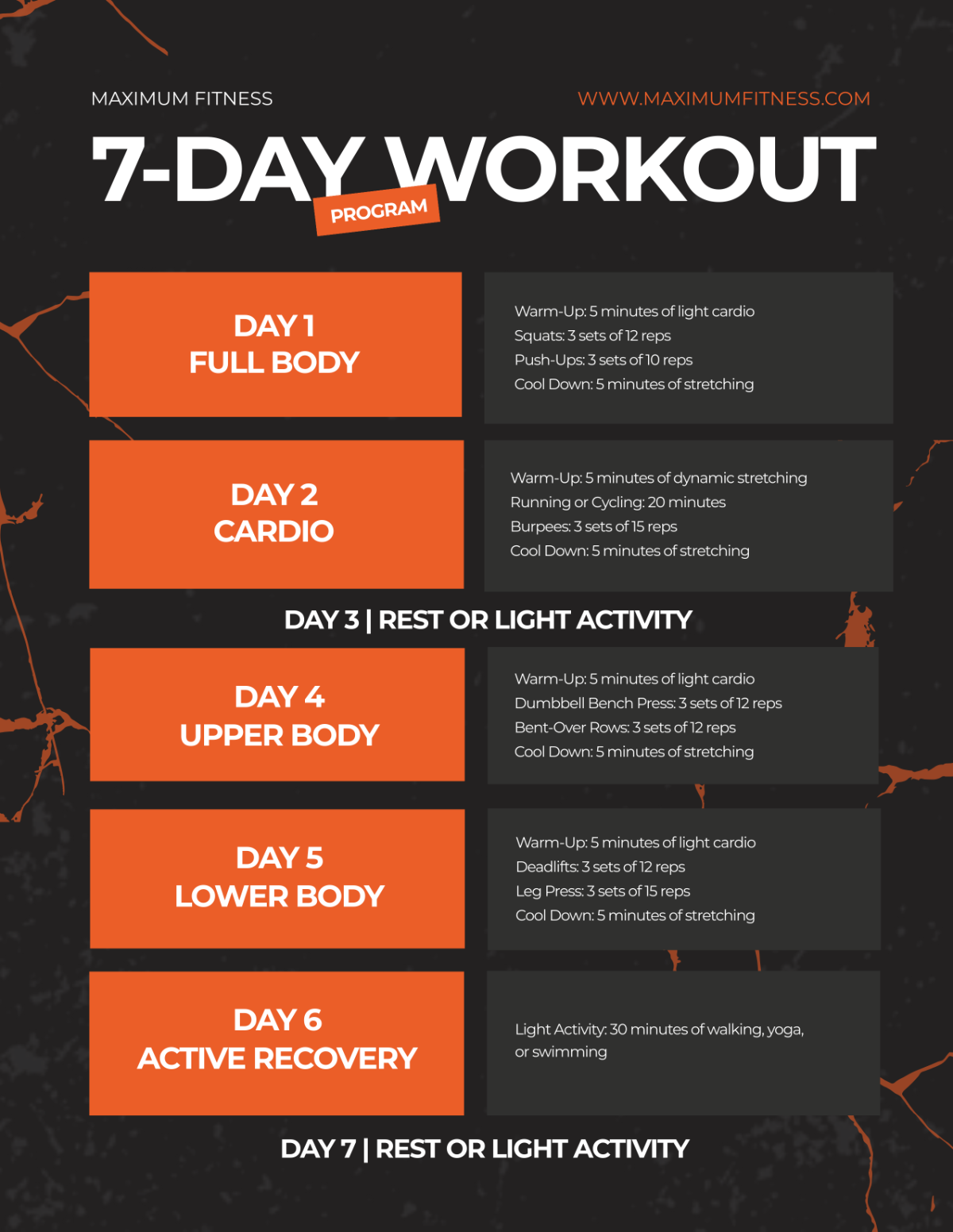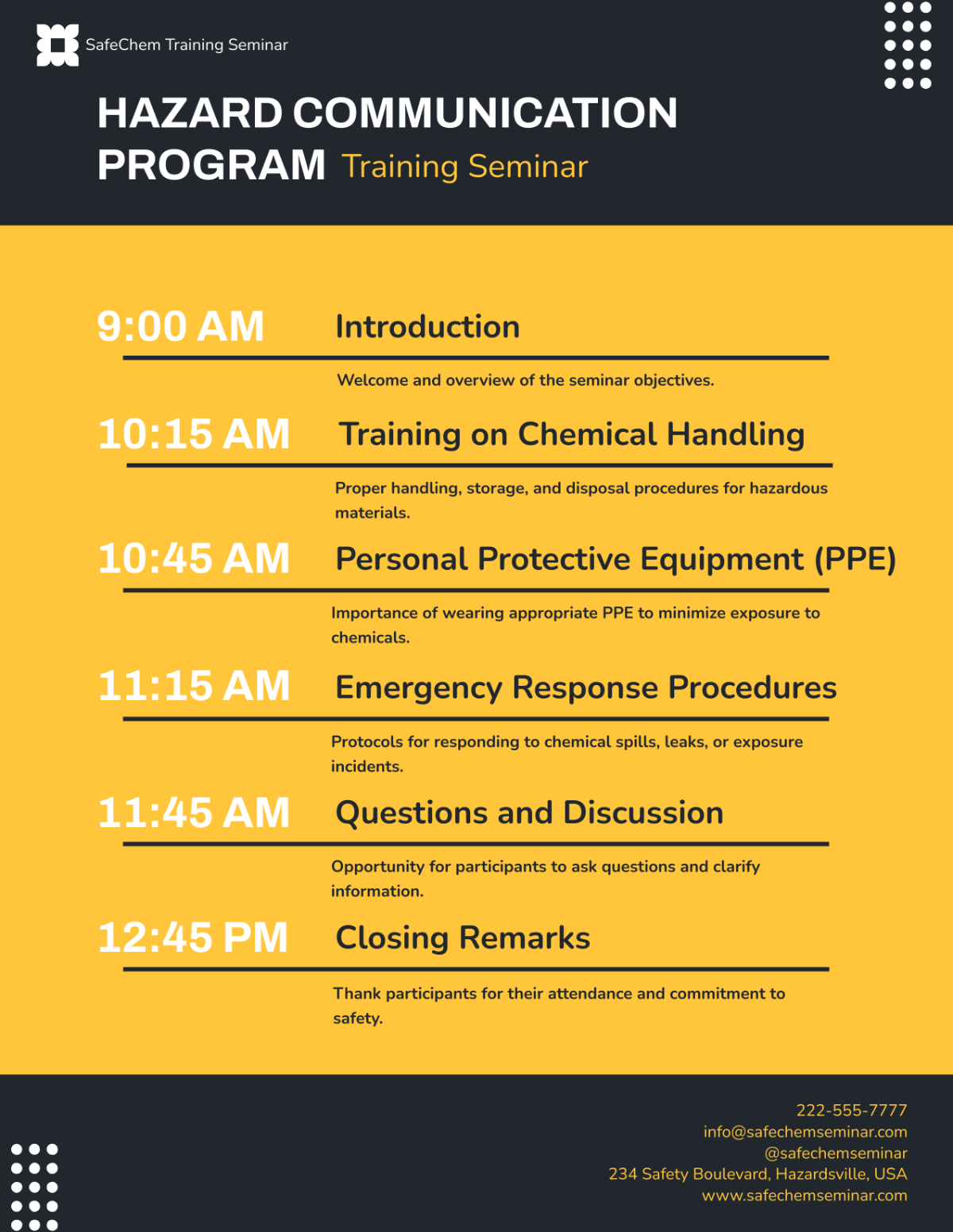SWOT Analysis of Current Sales Training Program
I. Executive Summary
This executive summary provides a concise overview of the Strengths, Weaknesses, Opportunities, and Threats (SWOT) analysis conducted for our current [Your Company Name] Sales Training Program as a clothing brand.
Strengths
Experienced Training Team: Our program benefits from a team of highly experienced trainers with extensive knowledge of our product line and the fashion industry.
Customization: We have tailored our training program to the specific needs of our sales team, ensuring they are well-prepared to promote our unique clothing products.
Interactive Workshops: The inclusion of interactive workshops and role-playing exercises enhances the learning process, providing practical experience.
Feedback Mechanism: Our program incorporates a robust feedback mechanism, enabling participants to receive timely input from trainers and peers to refine their sales skills.
Weaknesses
Lack of Technology Integration: The program relies heavily on traditional in-person workshops and materials, lacking modern e-learning tools and technologies.
Limited Resources: Budget constraints have hindered the development of comprehensive training materials and resources, impacting program effectiveness.
High Turnover: The rapid turnover in sales positions within the fashion industry poses a challenge to the program in terms of continuously onboarding new employees.
Assessment and Evaluation: Currently, there is no formal evaluation process to measure the long-term impact of the training program on sales performance.
Opportunities
Digital Training Modules: The opportunity to develop digital training modules and e-learning courses can enhance scalability and accessibility for remote teams.
Data Analytics: Leveraging data analytics can provide insights into program effectiveness, aiding in continuous improvement.
Market Expansion: As we expand into new markets, our program can be adapted to cater to the unique needs and preferences of customers in those regions.
Partnerships: Collaborations with industry experts and influencers can offer specialized sales training sessions, boosting program credibility.
Threats
Competitive Pressure: Rival clothing brands may invest significantly in their sales training programs, potentially challenging our ability to retain top sales talent.
Economic Downturn: Economic downturns can lead to reduced consumer spending on clothing, affecting sales and the need for a robust training program.
Technological Advancements: Failure to embrace emerging sales technologies may result in a loss of competitiveness in the market.
Changing Consumer Preferences: Rapid shifts in fashion trends and consumer preferences may necessitate frequent updates to our training content.
In summary, our Sales Training Program exhibits strengths in experienced trainers, customization, interactive workshops, and feedback mechanisms. However, it faces weaknesses related to technology integration, limited resources, high turnover, and the absence of formal evaluation. By seizing opportunities like digital training, data analytics, market expansion, and strategic partnerships, and proactively addressing threats such as competitive pressures, economic downturns, technological advancements, and changing consumer preferences, we can enhance the effectiveness of our program and better equip our sales team for success in the ever-evolving fashion industry.
II. Introduction
In an ever-evolving and competitive landscape within the fashion industry, ensuring the readiness and proficiency of our sales team is paramount to our brand's success. Our Sales Training Program serves as the foundation upon which our sales force is equipped to promote our clothing products and connect with our discerning customers. To assess the program's current status and identify areas of improvement, we have conducted a comprehensive Strengths, Weaknesses, Opportunities, and Threats (SWOT) analysis.
This SWOT analysis delves into the internal and external factors that impact the efficacy of our Sales Training Program. It not only highlights the program's strengths and areas of excellence but also uncovers potential weaknesses that require attention. Furthermore, it identifies opportunities that, if seized, can propel the program to new heights, while also outlining potential threats that could hinder its effectiveness.
By gaining a holistic understanding of our Sales Training Program's current state, we aim to lay the groundwork for strategic enhancements that will empower our sales team to excel in a dynamic fashion marketplace. This analysis will serve as a roadmap, guiding us toward informed decisions and targeted improvements that will ultimately drive sales, foster customer loyalty, and elevate our brand in the fashion industry.
Strengths
A. Experienced Training Team
Our Sales Training Program boasts a significant advantage in the form of a highly skilled and experienced training team. Comprising seasoned professionals with deep-rooted expertise in our product line and the fashion industry, these trainers bring a wealth of practical knowledge to our program. Their extensive understanding of our clothing products, industry trends, and customer preferences allows them to impart invaluable insights to our sales team.
B. Customization
One of the standout strengths of our Sales Training Program is its ability to be tailored precisely to the unique needs and nuances of our sales team. Recognizing that a one-size-fits-all approach is insufficient in the dynamic world of fashion, we invest in customizing our training modules. By doing so, we ensure that our sales representatives are not only well-versed in the broader principles of sales but are also equipped with the specific knowledge and skills required to effectively market and sell our distinct clothing products.
C. Interactive Workshops
A key pillar of our program's strength lies in its incorporation of interactive workshops and engaging role-playing exercises. These hands-on learning experiences go beyond theoretical knowledge and immerse our sales team in real-world scenarios. Through interactive sessions, participants gain practical exposure to sales techniques, customer interactions, and problem-solving, significantly enhancing their ability to apply learned concepts in their daily sales activities.
D. Feedback Mechanism
Our Sales Training Program places a strong emphasis on continuous improvement, thanks to its robust feedback mechanism. We recognize that learning is an ongoing process, and to facilitate growth, we provide participants with a structured feedback loop. Trainers and peers alike contribute to this feedback mechanism, offering constructive insights and observations. Timely feedback helps individuals identify areas for improvement, refine their sales skills, and adapt to evolving customer needs. This iterative process ensures that our sales team is constantly striving for excellence, contributing to enhanced sales performance and customer satisfaction.
In summary, our Sales Training Program's strengths are rooted in the expertise of our training team, the program's customization to suit our unique product line, the incorporation of interactive workshops for practical learning, and the establishment of a robust feedback mechanism. These strengths collectively empower our sales team to excel in a competitive fashion industry by equipping them with the knowledge, skills, and support needed to meet and exceed customer expectations.
Weaknesses
A. Lack of Technology Integration
A notable weakness in our Sales Training Program is the limited integration of modern e-learning tools and technologies. The program predominantly relies on traditional in-person workshops and printed training materials. In an era where digital learning is becoming increasingly prevalent and effective, our failure to harness the potential of technology leaves us at a disadvantage. The absence of e-learning platforms, multimedia resources, and mobile learning options restricts the accessibility and flexibility of our training program.
B. Limited Resources
Our Sales Training Program faces a significant constraint due to budget limitations. These budgetary constraints have hindered the development of comprehensive training materials and resources. As a result, we may be providing our sales team with suboptimal learning materials, which can negatively impact their ability to acquire essential knowledge and skills. Limited resources also limit our ability to regularly update and enhance the program to keep pace with evolving industry trends and customer demands.
C. High Turnover
The fashion industry is notorious for its high turnover rate in sales positions, and our Sales Training Program faces a challenge in keeping up with the rapid onboarding of new employees. The fast-paced turnover necessitates frequent training sessions, which can strain our training team and potentially lead to inconsistencies in training quality. This high turnover also raises questions about the program's effectiveness in retaining and nurturing sales talent over the long term.
In conclusion, while our Sales Training Program possesses strengths, these weaknesses pose significant challenges. The limited integration of technology, budget constraints affecting resource development, the high turnover rate in the fashion industry, and the absence of a formal assessment and evaluation process require immediate attention. Addressing these weaknesses can help us modernize the program, enhance its impact, and better equip our sales team to thrive in the competitive fashion marketplace.
V. Opportunities
A. Digital Training Modules
Embracing digital training modules and e-learning courses presents a significant opportunity for our Sales Training Program. By leveraging technology, we can create scalable and accessible learning resources. Digital modules allow for flexibility in training, enabling remote teams to access valuable content conveniently. This approach not only reduces geographical barriers but also accommodates different learning styles, ensuring that our sales team can receive consistent, high-quality training regardless of their location.
B. Data Analytics
The use of data analytics is a promising opportunity to enhance our Sales Training Program's effectiveness. By collecting and analyzing relevant data, we can gain insights into the program's performance. Analytics can identify trends, strengths, weaknesses, and gaps in the training process. This data-driven approach enables us to make informed decisions and improvements, ensuring that our training program evolves to meet the dynamic needs of our sales team and the fashion industry.
C. Market Expansion
Our brand's expansion into new markets offers a valuable opportunity to adapt and tailor our Sales Training Program to local preferences and market dynamics. As we enter different regions and demographics, we can customize training materials and approaches to cater to the specific needs of customers in those areas. This localization strategy can lead to higher sales effectiveness and customer satisfaction, ultimately driving the brand's growth in new markets.
In summary, these opportunities offer the potential to transform our Sales Training Program, making it more adaptable, data-driven, and influential. By capitalizing on digital training modules, data analytics, market expansion, and strategic partnerships, we can take our program to new heights, ensuring that our sales team remains well-equipped to succeed in the competitive world of fashion sales.
VI. Threats
A. Competitive Pressure
A significant threat to our Sales Training Program is the competitive pressure from rival clothing brands. Some competitors may choose to invest heavily in their own sales training programs, offering attractive incentives and opportunities to sales talent. This competition for top sales professionals can challenge our ability to attract and retain the best talent within our organization. A weaker sales team can ultimately impact our market share and revenue.
B. Economic Downturn
Economic downturns, such as recessions or financial crises, can have a profound impact on consumer spending habits, including reduced expenditures on clothing. In times of economic uncertainty, consumers may prioritize essential expenses over discretionary purchases. This decrease in demand for clothing products can directly affect sales, potentially leading to downsizing or budget cuts, which can impact the availability and quality of our Sales Training Program.
C. Technological Advancements
The rapid pace of technological advancements in the sales and retail industry poses a threat if we fail to embrace and integrate these innovations. New technologies, such as advanced customer relationship management (CRM) systems, AI-driven sales tools, or virtual reality shopping experiences, can significantly enhance sales processes and customer engagement. Not adapting to these technological changes may result in a loss of competitiveness, making it harder for our sales team to effectively engage with tech-savvy consumers and remain relevant in the market.
D. Changing Consumer Preferences
The fashion industry is characterized by rapid shifts in consumer preferences and fashion trends. These changes can necessitate frequent updates to our training content to ensure that our sales team is knowledgeable and capable of addressing evolving customer demands. Failure to keep pace with changing preferences can lead to misalignment between our products and customer expectations, potentially impacting sales and brand reputation.
In conclusion, these threats underscore the need for vigilance and adaptability in our Sales Training Program. To mitigate these risks, we must continually invest in the development of our sales team, closely monitor economic conditions, embrace technological advancements, and remain agile in responding to changing consumer preferences within the dynamic fashion industry.
VII. Conclusion
In conducting a comprehensive Strengths, Weaknesses, Opportunities, and Threats (SWOT) analysis of our current Sales Training Program, we have gained valuable insights into the program's current state and the path forward. This analysis has allowed us to assess both internal and external factors that influence the program's effectiveness and has highlighted areas of excellence and areas that require improvement.
Strengths
Our Sales Training Program boasts several notable strengths. The experienced training team brings a wealth of knowledge and expertise to the program, ensuring that our sales force is well-informed about our product line and the fashion industry. Customization tailors the program to the unique needs of our sales team, while interactive workshops and a robust feedback mechanism provide practical, hands-on learning experiences.
Weaknesses
However, there are significant weaknesses that need to be addressed. The lack of technology integration limits the program's accessibility and flexibility, hindering our ability to reach remote teams effectively. Budget constraints have curtailed the development of comprehensive training materials, limiting the program's effectiveness. High turnover in the fashion industry challenges the program's ability to continuously onboard new employees, and the absence of a formal assessment and evaluation process makes it challenging to measure the program's long-term impact.
Opportunities
Fortunately, there are promising opportunities for improvement. Embracing digital training modules and e-learning courses can make the program more scalable and accessible to remote teams, enhancing flexibility and reach. Leveraging data analytics can help us identify trends and gaps, enabling continuous improvement. Market expansion presents the chance to adapt the program to cater to specific regional needs and preferences, while strategic partnerships with industry experts and influencers can enhance credibility.
Threats
To ensure the program's continued relevance and effectiveness, we must also address potential threats. Competitive pressure from rival clothing brands may challenge our ability to retain top sales talent. Economic downturns can lead to reduced consumer spending on clothing, impacting the need for a robust training program. Failure to embrace technological advancements can result in a loss of competitiveness in the market, and rapid shifts in consumer preferences necessitate frequent updates to training content.
In conclusion, this SWOT analysis serves as a critical tool to guide our efforts in enhancing our Sales Training Program. By capitalizing on strengths, addressing weaknesses, leveraging opportunities, and mitigating threats, we can develop a more effective and adaptive program. The ultimate goal is to empower our sales team with the knowledge and skills they need to excel in the ever-evolving and competitive world of fashion sales, thereby contributing to the growth and success of our brand in the market.










